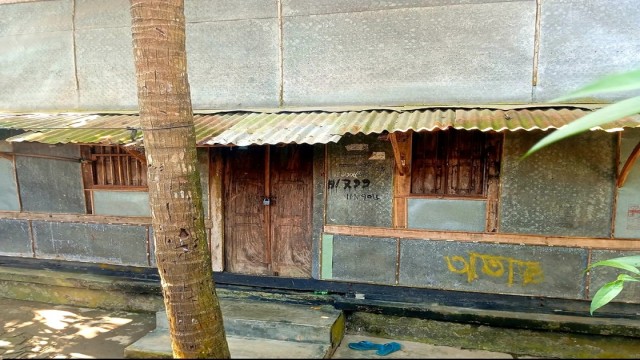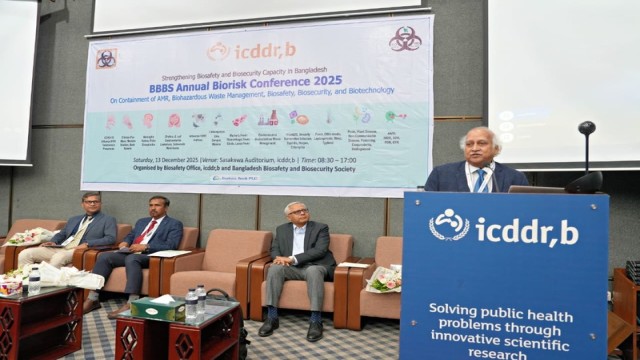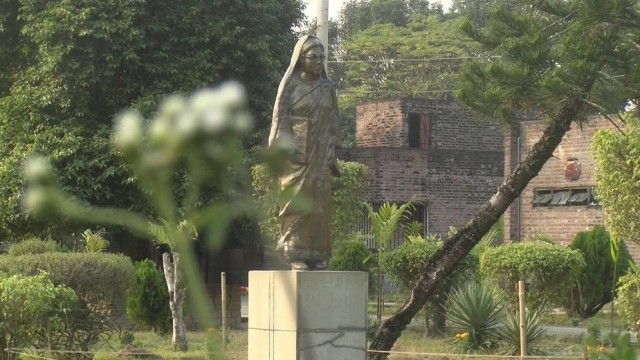Oct 21, V7N-Despite multiple projects worth Tk 144 crore taken over the past decade for the development of sericulture in Bangladesh, the silk industry remains in decline. Although the implementation of these projects is reported as nearly complete on paper, silk yarn production has not increased—in fact, it has decreased.
Those associated with the silk industry attribute this decline to a combination of factors: lack of proper government support, flawed policies, mismanagement, corruption, and inefficiencies in the Bangladesh Sericulture Board. Projects meant to boost the industry have failed, and misappropriation of funds is cited as a key issue.
Data from the Bangladesh Sericulture Board shows that the country's demand for silk yarn stands at 400 tons annually, but 90% of raw materials are imported. In 2023-24, the Silk Board produced only 1.13 tons of silk yarn, a decline from 1.23 tons in 2014-15, despite the large sums invested in various projects. Even a recent three-year project targeting 55 tons of production yielded just 1.13 tons.
The amount of land under silk cultivation has also decreased, from 450 bighas in 2014-15 to 417 bighas in 2023-24, raising further concerns about the effectiveness of project implementation.
Liaquat Ali, president of the Bangladesh Silk Industry Owners Association, pointed out that the mismanagement of project funds and poor planning have contributed to the industry's decline. He urged the government to break the monopoly system, allow the private sector to produce silk yarn, and provide necessary support. He believes that Bangladesh could produce over 450 tons of silk yarn annually if these issues were addressed.
Ahmed Shafi Uddin, president of the Rajshahi branch of Citizens for Good Governance (SUJAN), questioned why Bangladesh's silk industry is lagging behind while neighboring countries, such as India, are seeing substantial growth. According to India's Central Silk Board, production there rose from 31,906 tons in 2017-18 to 38,913 tons in 2023-24.
Mohammad Emdadul Bari, director of the Bangladesh Silk Development Board, cited a lack of manpower as a key reason for the decline, noting that some farmers lose interest in mulberry leaf cultivation once their economic conditions improve. He expressed the board's intention to involve more middle-level farmers in future projects.
Former deputy chief accounting officer of the board, Md. Kamruzzaman, blamed corruption and indifference among board officials. He claimed that much of the information in the Silk Board's reports is fabricated, with officials showing false growth on paper.
Professor Aminuzzman Saleh Reza of Rajshahi University noted that faulty policies and the closure of state-run silk mills have contributed to the industry's downfall. He added that allowing the import of low-quality silk from neighboring countries has further damaged local production. Professor Reza emphasized that proper planning, fair pricing, and government support are essential to reviving the silk industry.
He called for a comprehensive model to increase production, encompassing silkworm egg production, mulberry leaf cultivation, and silk yarn development. Proper training, monitoring, and financial support are vital for farmers if the silk industry is to recover.
END/RAR/DHK/RH/































Comment: